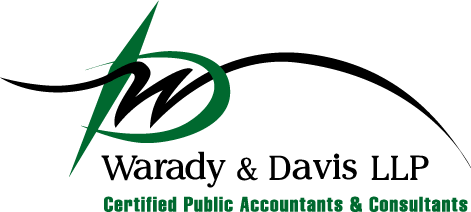The US Small Business Administration released guidance Wednesday clarifying that lenders must recognize the previously established extended deferral period for payments on the principal, interest, and fees on all Paycheck Protection Program (PPP) loans, even if the executed promissory note indicates only a six-month deferral.
The guidance means that lenders must immediately comply with the extended deferral period and notify borrowers of the change.
The Paycheck Protection Flexibility Act of 2020, P.L. 116-142, extended the deferral period for loan payments to either (1) the date that SBA remits the borrower’s loan forgiveness amount to the lender or (2) if the borrower does not apply for loan forgiveness, 10 months after the end of the borrower’s loan forgiveness covered period.
Before the Flexibility Act became law, the deferral period could end after six months. And while the Flexibility Act extended the deferral period, it did not specify whether lenders and borrowers had to modify promissory notes used for PPP loans to reflect the extended deferral period.
Because the first PPP loans were awarded in April, some PPP borrowers had recently received notices from lenders that payments on their PPP loans were due. The new guidance, found in question No. 52 in the SBA’s frequently asked questions document for the PPP, clarifies that the deferral period extension automatically applies to all loans, with no requirement from the SBA of a formal modification of the promissory note.
The SBA published the new FAQ item a day after issuing a letter stating that it has begun remitting PPP loan forgiveness payments to lenders – in other words officially forgiving some of the 5.2 million loans, totaling $525 billion, granted under the program.
Congress created the PPP as part of the Coronavirus Aid, Relief, and Economic Security (CARES) Act, P.L. 116-136, which was signed into law March 27. The legislation authorized Treasury to use the SBA’s 7(a) small business lending program to fund loans of up to $10 million per borrower that qualifying businesses could spend to cover payroll, mortgage interest, rent, and utilities.
PPP borrowers can qualify to have the loans forgiven if the proceeds are used to pay certain eligible costs. However, the amount of loan forgiveness will be reduced if certain employment and compensation levels are not maintained or if less than 60% of the funds are spent on payroll over a loan forgiveness period of either eight weeks or 24 weeks.
The program stopped accepting applications on Aug. 8 with almost $134 billion of congressionally approved funds remaining unspent.
W&D is available to help you with the PPP forgiveness process. From keeping you informed of the latest legislation developments to answering PPP forgiveness related questions, or to full engagements to assist you in preparing your PPP loan forgiveness application, please do not hesitate to reach out. Contact your Warady & Davis advisor or our PPP team at 847-267-9600; info@waradydavis.com.
You can also visit the Warady & Davis LLP COVID-19 Resource Center for a wealth of information on stimulus assistance, new legislation and much more. This information is updated regularly. In addition, the AICPA’s Paycheck Protection Program Resources page houses resources and tools produced by the AICPA to help address the economic impact of the coronavirus.
